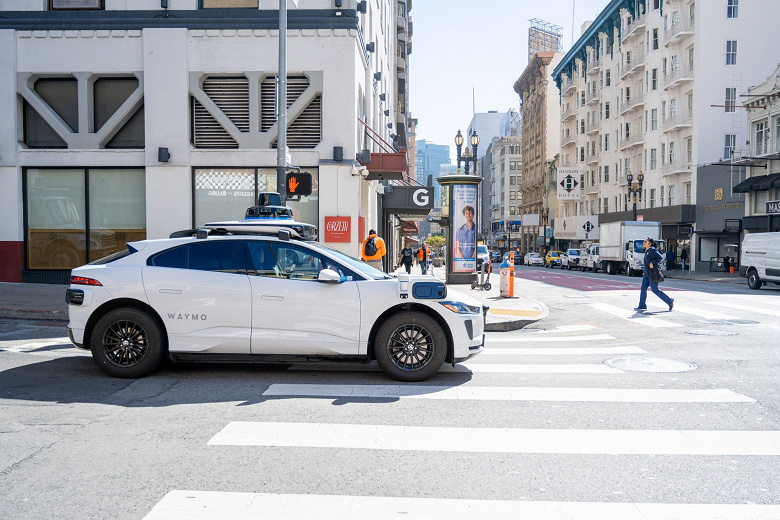Driverless taxi services emerged in the United States quite some time ago, yet for many years they operated very locally. Now, Waymo, a company owned by Alphabet, has boasted of being the first in the USA to bring its robotaxis to highways.

Waymo announced that it will start offering rides on its robotaxis on the highways of San Francisco, Los Angeles, and Phoenix. These trips will initially be available to early access users. With more than 1,500 vehicles in its fleet across the USA, Waymo remains the only provider in the country of fully autonomous paid trips without driver accompaniment. The company first opened a commercial service in Phoenix in 2020 after more than a decade of testing autonomous driving under the Google brand.
Highway driving for autonomous vehicles imposes several different requirements on their systems. There are no traffic lights, pedestrians, or intersections, but vehicle speeds are noticeably higher, which means the speed of decision-making must also be higher. Throughout the existence of the service, Waymo vehicles have been involved in a very small number of accidents. Unfortunately, there was one fatal incident, but the culprit was not Waymo’s car; a driver collided with the robotaxi.
Waymo has now expanded its testing to include other cities such as Austin and Miami, highlighting its ambition to become a national leader in autonomous transportation. Recent developments also include partnerships with various municipalities to ensure a safe rollout of this technology.
This breakthrough reflects Waymo’s significant progress in technology and testing. The expected reshaping of public and private transport services in these cities signifies a pivotal moment for the growth of the autonomous vehicle market. Comparing Waymo’s strategies with its competitors, further test routes in additional urban settings, and shifts in public commuting habits could predict near-future trends. Regulations or tensions may continue to chart the company’s course ahead.









